Last Updated on September 29, 2025, by David
Essential Insights for Maintaining Clean Terracotta Tiles
-
- Terracotta’s porosity makes it susceptible to quick dirt accumulation, particularly in humid environments like Surrey.
- The importance of Proper Sealing cannot be overstated, as it prevents moisture and dirt from penetrating the tile’s surface.
- Regular Maintenance is Crucial—daily sweeping combined with weekly mopping using pH-neutral cleaners will help maintain your tile’s pristine condition.
- <b>Avoiding Harsh Chemicals</b> and steam mops is vital, as these can harm the sealant and damage the tile’s surface.
- Eco-Friendly Products are Highly Recommended, particularly in homes with pets or young children.
- Consider Professional Restoration Services for deep cleaning and resealing to ensure long-lasting protection.
- <b>Strategic Use of Rugs and Mats</b> in areas of high foot traffic can significantly minimise dirt transfer.
- Effective Moisture Management is Essential—ensuring good ventilation and quick spill clean-up is key to preventing stains and mould growth.
What Causes Terracotta to Become Dirty So Quickly?
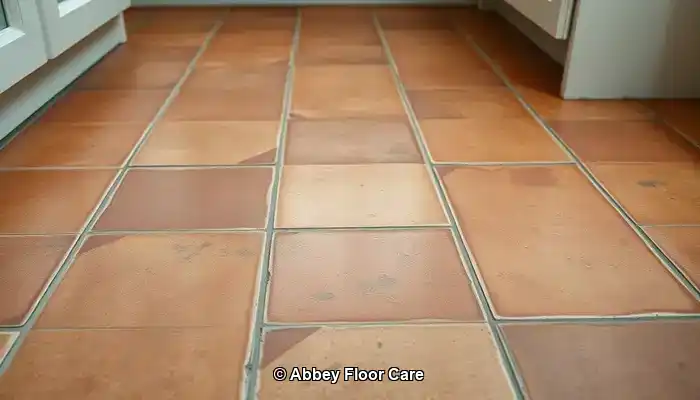
Keep Terracotta Clean Longer: Terracotta tiles, known for their aesthetic appeal, are an ideal flooring option for homes, particularly those embracing traditional or rustic styles throughout Surrey. Their earthy tones and tactile texture contribute a unique charm to any environment. However, the very characteristics that make terracotta desirable also render it vulnerable to rapid soiling, which is critical to understand for effective maintenance.
Expert Tip: Recommended Products for Daily Terracotta Care
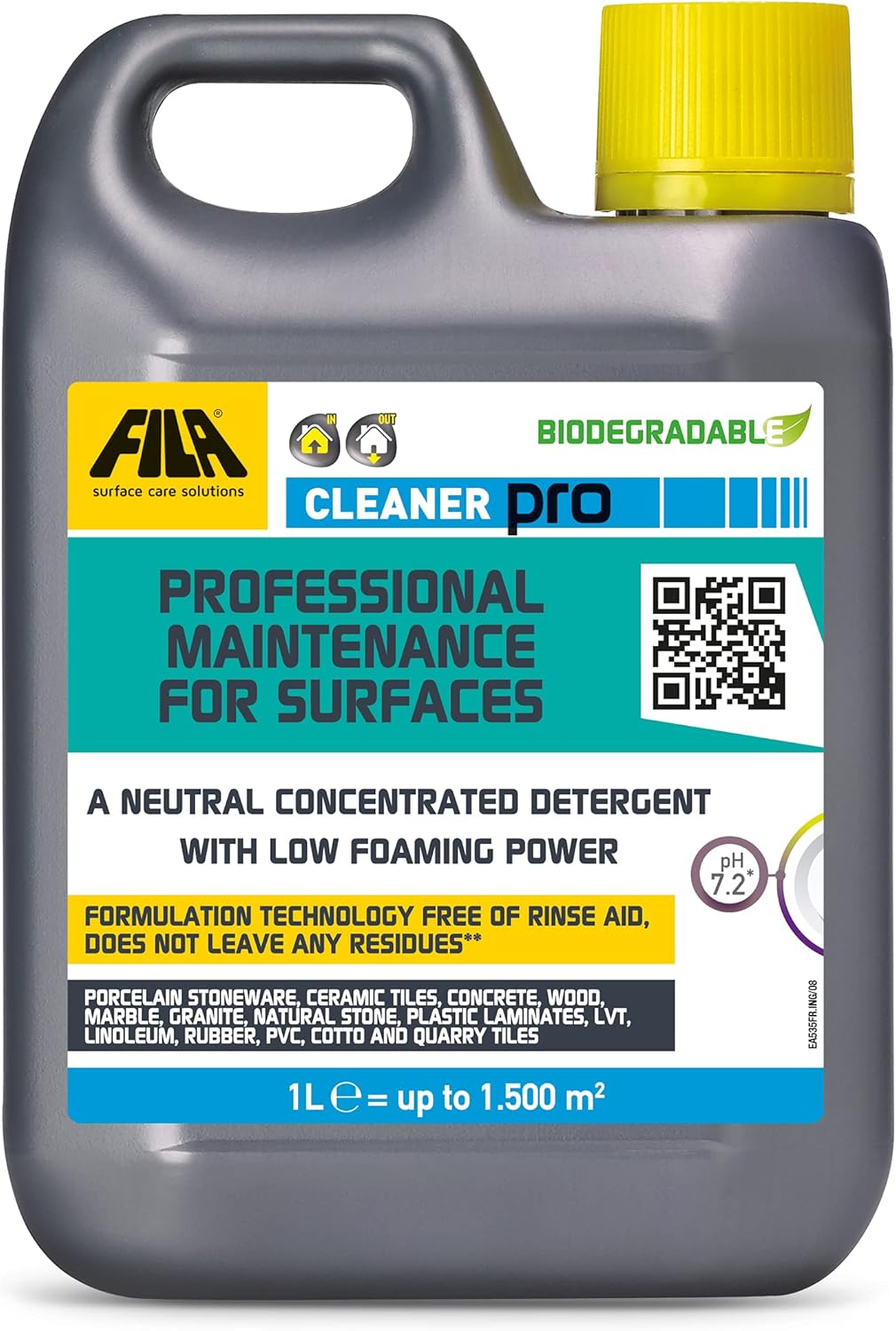
Fila Pro Floor Cleaner
|
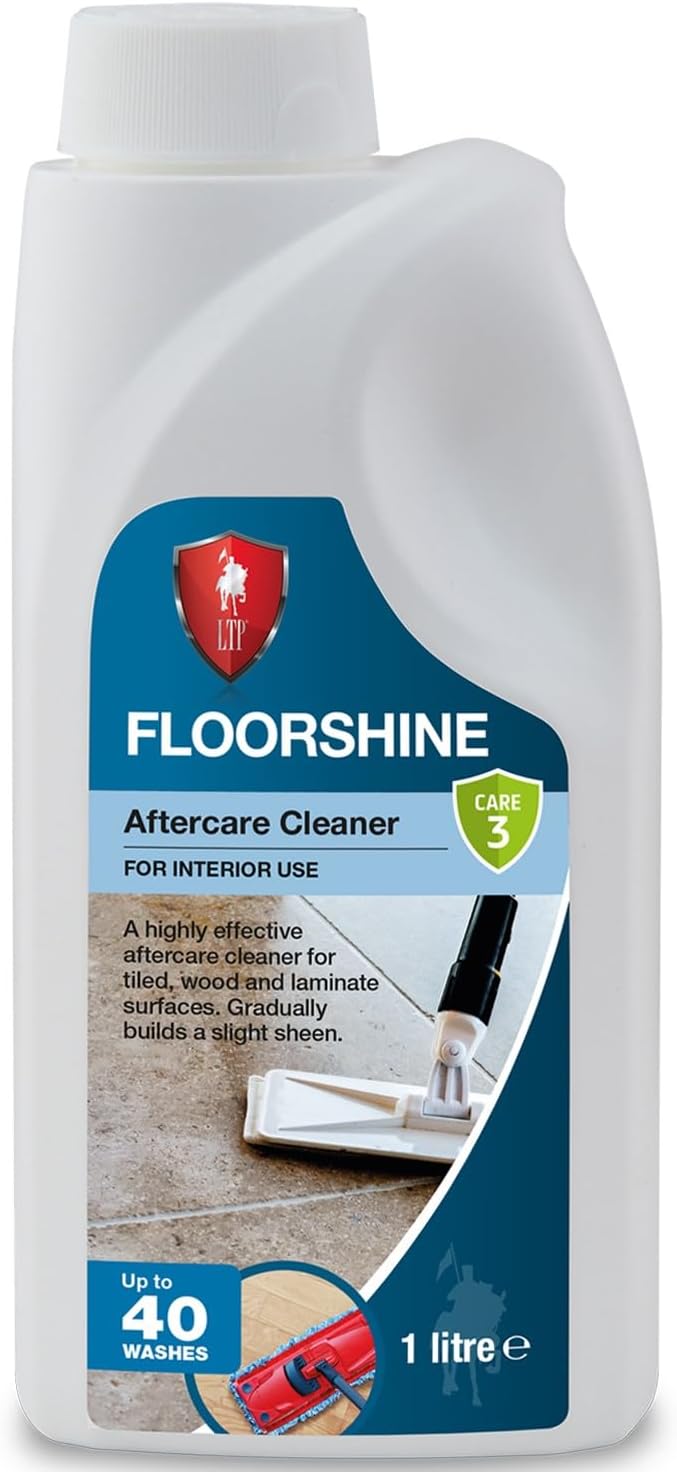
LTP Floorshine
|
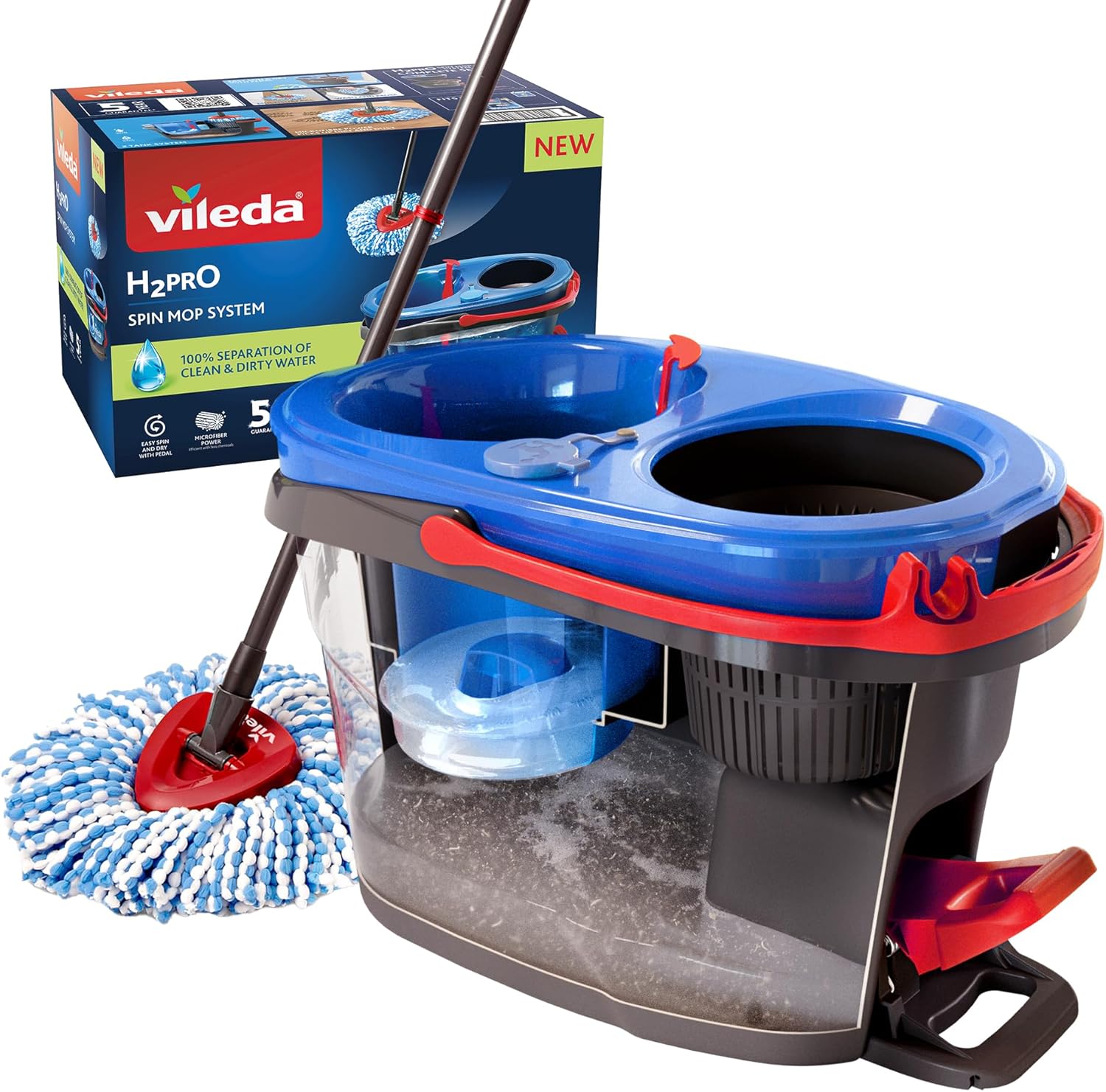
Vileda H2PrO Spin Mop System
|
Understanding Porosity: The Hidden Issue
Terracotta is crafted from natural clay and fired at relatively low temperatures, which creates a highly porous surface. This means that it can absorb moisture, oils, and dirt with ease, much like a sponge. In practical terms, this porosity allows grime to settle deeply into the tile, complicating the removal process with standard cleaning methods. Additionally, unsealed terracotta tiles are particularly susceptible to staining. Without a protective layer, even minor spills or muddy footprints can leave lasting impressions. Over time, this can result in a dull, stained look that is challenging to restore without professional assistance.
How Surrey’s Weather Influences Dirt Accumulation
The climate of Surrey significantly impacts how quickly terracotta floors become dirty. The region experiences frequent rainfall and damp conditions, which lead to more moisture being brought indoors, especially in areas like entryways and conservatories. Homes located near wooded areas or gardens face even greater challenges. Soil, pollen, and organic debris can easily accumulate on terracotta surfaces, particularly if shoes are not removed upon entering the house. The combination of these factors creates an environment where terracotta tiles can quickly lose their lustre.
Everyday Routines That Accelerate Dirt Build-Up
In addition to environmental factors, daily habits can exacerbate the issue. Utilising inappropriate cleaning products—such as acidic solutions or bleach—can strip protective coatings and damage the surface of the tiles. Steam mops, while commonly used for cleaning, can inadvertently force moisture into the porous structure of the tile, worsening the situation. High-traffic areas, like kitchens and hallways, naturally experience more wear and tear. Without consistent sweeping and mopping, dirt accumulates rapidly and becomes deeply embedded in the texture of the tile, making it increasingly difficult to remove.
Effective Strategies for Maintaining Cleaner Terracotta

Maintaining the cleanliness of terracotta floors is not merely a reactive task; it requires proactive measures to prevent dirt from settling in the first place. In homes throughout Surrey, where damp weather and garden traffic are prevalent, taking pre-emptive steps is vital to preserve the natural beauty of terracotta tiles.
Sealing: Your Primary Defence Against Dirt
The most effective strategy to prevent terracotta from becoming dirty quickly is to apply a high-quality sealant. A breathable sealant forms a protective barrier that repels moisture, oils, and grime. For properties in Surrey, where humidity levels can fluctuate, sealing is crucial in preventing water absorption that leads to staining and mould growth. Experts suggest resealing terracotta every 12 to 18 months, though this can vary based on foot traffic and exposure. In areas like kitchens and hallways—where daily use is common—more frequent sealing may be necessary. Always opt for a sealant specifically designed for porous stone and avoid glossy finishes that can trap dirt.
Intelligent Design Choices: Utilising Rugs and Mats
Carefully placing rugs and mats can significantly limit the amount of dirt that reaches your terracotta tiles. Heavy-duty doormats at entrances can effectively trap mud and moisture before they spread throughout the home. In high-traffic areas such as hallways or under dining tables, area rugs can provide a protective buffer against wear and tear. For rooms that connect to outdoor spaces, consider washable runners that can be maintained easily. Not only do these protect the tile, but they also add warmth and aesthetic appeal to your interiors.
Effective Moisture Management for Surrey Homes
The climate conditions in Surrey, characterised by frequent rain and dampness, can accelerate dirt accumulation on terracotta. To counteract this, it is essential to employ dehumidifiers in enclosed areas and ensure that your home is well-ventilated. Immediate clean-up of spills and avoiding the placement of wet items—such as shoes or towels—on the floor can prevent staining. For terracotta installed in conservatories or garden rooms, think about adding blinds or UV filters to mitigate condensation and sun damage. Implementing these small adjustments can significantly prolong the lifespan of your tiles.
By integrating proper sealing, thoughtful design choices, and effective moisture control, homeowners in Surrey can greatly reduce the rate at which their terracotta floors accumulate dirt. The subsequent section will explore the best cleaning practices to maintain that pristine, natural look every day.
Optimal Cleaning Practices for Terracotta Tiles
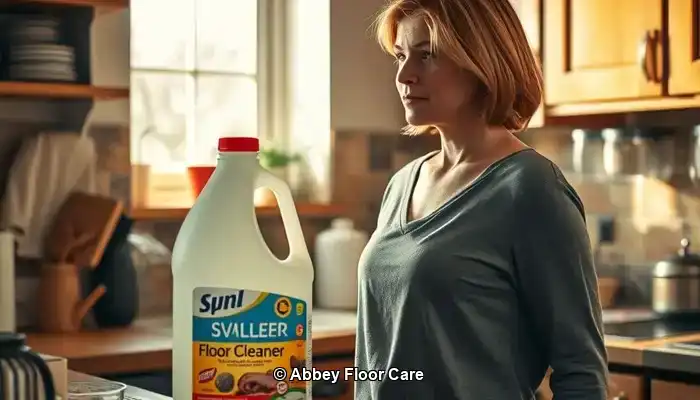
Even with proper sealing and preventative measures in place, terracotta floors require ongoing attention to retain their inherent beauty. The key lies in employing the right techniques and products that effectively clean without damaging the porous surface of the tiles.
Establishing a Daily and Weekly Cleaning Routine
In Surrey homes, where outdoor elements frequently make their way indoors, it is essential to engage in daily sweeping or vacuuming. Utilise a soft-bristle broom or a vacuum equipped with a hard floor setting to eliminate dust, grit, and organic debris before it settles into the tile. For weekly cleaning sessions, mop using warm water alongside a pH-neutral cleaner specifically formulated for natural stone. It is crucial to avoid soaking the floor; damp mopping is the ideal approach. Excess water can seep into the tile, leading to staining or mould growth, particularly in older or inadequately sealed installations.
Choosing the Right Cleaning Products for Terracotta
When selecting cleaning products, prioritise those that are both gentle and effective. Seek out labels that indicate “stone-safe,” “non-acidic,” or “pH-neutral.” In Surrey, where eco-conscious lifestyles are increasingly popular, many residents prefer biodegradable cleaners that are safe for both pets and children. Steer clear of multi-surface cleaners containing bleach, ammonia, or citrus extracts, as these can strip away sealants and etch the terracotta, leaving it vulnerable to future staining. For particularly stubborn spots, use a soft cloth with a diluted solution of stone cleaner. Avoid scrubbing with abrasive pads or wire brushes, as they can scratch the surface and complicate future cleaning efforts.
What Cleaning Practices Should Be Avoided: Harsh Chemicals and Steam
While steam mops may appear convenient, they are not suitable for terracotta. The high heat and moisture can infiltrate the tile, weakening the sealant and causing long-term damage. Similarly, acidic cleaners such as vinegar or lemon juice, even when diluted, can erode the surface of the tile and lead to discolouration. It is advisable to stick to gentle cleaning methods and always test new products on a small, inconspicuous area before applying them to the entire floor.
Comparing Professional Care with DIY Terracotta Maintenance
In the quest to maintain terracotta floors, many homeowners in Surrey start with DIY methods. While regular sweeping and mopping can contribute to cleanliness, there comes a time when professional intervention becomes not only beneficial but necessary.
When Should You Contact a Tile Specialist in Surrey?
Should your terracotta tiles exhibit signs of deep staining, uneven colour, or surface wear, it may be time to seek expert assistance. Professional tile care specialists in Surrey possess advanced equipment and stone-safe products that can penetrate more effectively than standard household cleaners. They can also evaluate whether your sealant has deteriorated and recommend an appropriate resealing schedule tailored to your home’s unique conditions.
Restoration services usually encompass deep cleaning, stain removal, and the reapplication of breathable sealants that offer protection without altering the natural appearance of the tile. For older homes or heritage properties, specialists can even replicate the original finish to maintain authenticity.
Evaluating Cost versus Longevity: Is Professional Care Worth the Investment?
Although DIY cleaning may seem more economical, it often yields only short-term results. Without effective sealing and deep cleaning, dirt continues to accumulate—necessitating more frequent maintenance and risking permanent damage. In contrast, professional care can significantly prolong the life of your terracotta floors. A single restoration session can restore vibrancy, eliminate embedded dirt, and offer protection for months or even years. In high-traffic areas like kitchens and hallways, this investment proves valuable by reducing ongoing maintenance needs and enhancing visual appeal.
Surrey homeowners who prioritise long-term property care and curb appeal frequently find that expert services provide peace of mind along with superior results. Furthermore, many local providers offer eco-friendly options and customised maintenance plans that cater to your specific lifestyle needs.
Exploring Eco-Friendly and Safe Cleaning Solutions
The earthy allure of terracotta deserves to be maintained with care that aligns with environmental and health standards. For homeowners in Surrey wishing to keep their floors pristine while ensuring safety and sustainability, eco-friendly cleaning options are the answer. Fortunately, modern products and techniques allow for the protection of your tiles—and household—without resorting to harsh chemicals.
Choosing Non-Toxic Sealants and Cleaners
Conventional sealants often contain solvents that emit volatile organic compounds (VOCs), which may linger in the air and compromise indoor air quality. Today’s eco-friendly alternatives utilise water-based formulas that are low in VOCs and safe around children and pets. When selecting a cleaner, look for labels that indicate “biodegradable,” “plant-based,” or “stone-safe.” These products are specifically formulated to lift dirt without harming the porous surface of terracotta. Brands that specialise in natural stone care frequently provide concentrated solutions that can be diluted for regular use, thereby reducing waste and packaging.
Pet- and Child-Safe Cleaning Alternatives
In bustling Surrey homes, safety is as critical as cleanliness. It is advisable to avoid bleach, ammonia, and acidic cleaners such as vinegar, which can jeopardise both the tile and the safety of pets and young children. Instead, choose gentle formulas derived from coconut oil derivatives, citrus enzymes, or mineral-based ingredients. For those who enjoy DIY cleaning, a simple mixture of warm water and a few drops of castile soap can be surprisingly effective for light cleaning tasks. However, always test any homemade solution on a small area first to ensure it will not adversely affect the sealant or finish.
Adopting Sustainable Cleaning Practices
Eco-friendly maintenance extends beyond the products used; it encompasses the habits as well. Utilise reusable microfiber cloths and mops instead of disposable cleaning pads. Regular sweeping can minimise the frequency of wet cleaning required. When resealing, opt for products with recyclable packaging and minimal environmental impact. Many floor care professionals based in Surrey now offer green cleaning packages, employing certified non-toxic products and sustainable methods. If you are uncertain where to begin, scheduling a consultation with a local expert can help you develop an effective and eco-conscious cleaning routine.
Ensuring Your Terracotta Floors Remain at Their Best
Terracotta flooring adds warmth, character, and a timeless aesthetic to Surrey homes. However, its porous nature necessitates thoughtful care to keep it clean and vibrant. By understanding the reasons behind rapid dirt accumulation, effectively sealing, and implementing smart cleaning habits, you can significantly decrease grime build-up and prolong the life of your tiles.
Whether managing a busy household or restoring a historic property, consistency is key. Daily sweeping, pH-neutral cleaning, and seasonal resealing can effectively maintain an attractive appearance. Should stains or wear become noticeable, do not hesitate to reach out to a local expert for professional restoration services.
Utilising eco-friendly products and safe cleaning practices ensures your floors not only stay beautiful but also protect your health and the environment. With the right approach, terracotta can remain a stunning focal point in your home for many years to come.
Ready to safeguard your floors the intelligent way? Contact us today for expert terracotta maintenance tailored to the unique conditions of Surrey. Let’s work together to keep your home looking its best—naturally.
Frequently Asked Questions About Terracotta Maintenance
Terracotta floors are timeless, yet they require specific care. Below are answers to the most common inquiries from homeowners in Surrey who aim to keep their tiles clean, protected, and visually appealing.
How Often Should I Reseal My Terracotta Tiles?
Generally, terracotta tiles in Surrey should be resealed every 12 to 18 months. However, this timeframe can vary based on factors such as foot traffic, moisture exposure, and whether the tiles are indoors or outdoors. Areas like kitchens, hallways, and conservatories may require more frequent resealing. If your tiles begin absorbing water or appear dull, it’s time to consider resealing.
Is it Safe to Use Vinegar or Bleach on Terracotta?
No—vinegar, bleach, and other harsh or acidic cleaners can damage terracotta. These substances can degrade sealants and etch the tile surface, resulting in permanent discolouration. Always opt for pH-neutral, stone-safe cleaners tailored for porous flooring.
What is the Best Mop for Cleaning Terracotta Floors?
A microfiber mop is highly recommended. It effectively captures dust and dirt without scratching the surface and uses minimal water, which is crucial for porous tiles like terracotta. Avoid sponge mops or steam mops, as these can oversaturate the tile and compromise the sealant.
Are DIY Cleaning Solutions Safe to Use?
Yes, but with precautions. A mild mixture of warm water and castile soap can be effective for light cleaning. Always test any homemade solution on a small, hidden area first. Avoid anything acidic or abrasive, and refrain from using homemade cleaners on unsealed tiles.
What Steps Should I Take If My Tiles Are Already Stained?
If stains have set in, professional restoration is typically the best course of action. Tile care specialists in Surrey can perform deep cleaning, remove embedded grime, and reseal the surface to restore the tile’s original colour and texture. DIY methods may exacerbate the damage if incorrect products are used.
The Article: Tired of Dirty Terracotta? How to Keep It Clean Longer was first found on https://www.abbeyfloorcare.co.uk.


